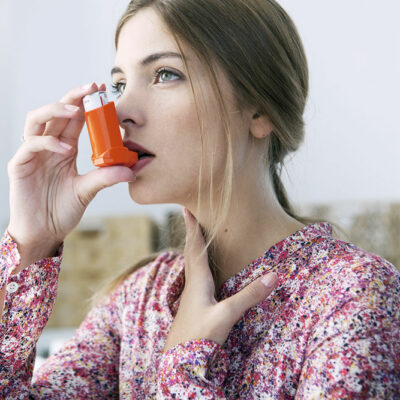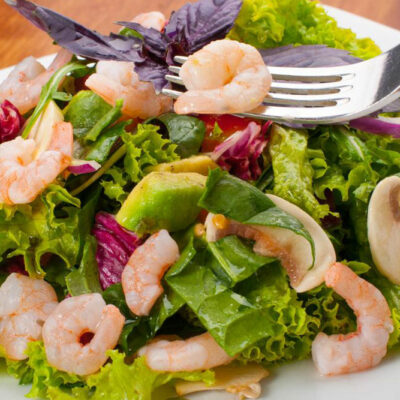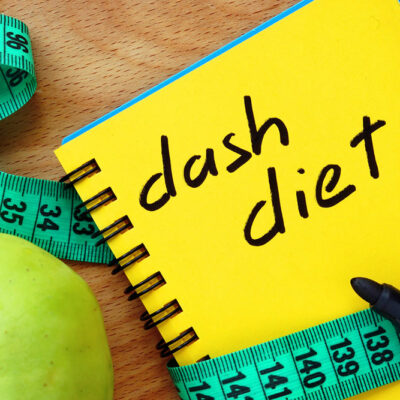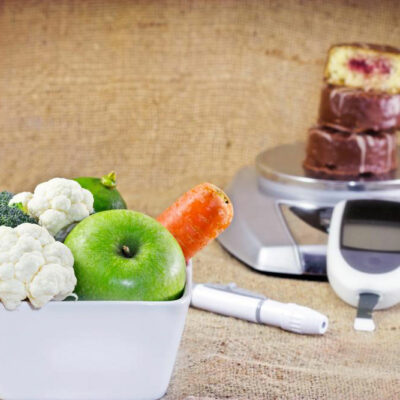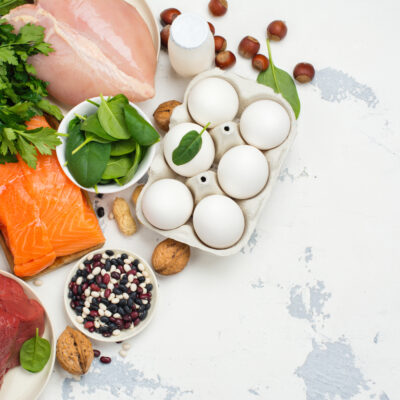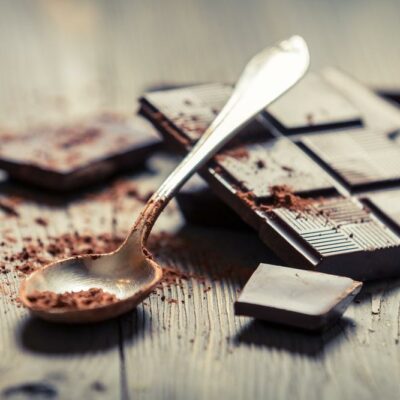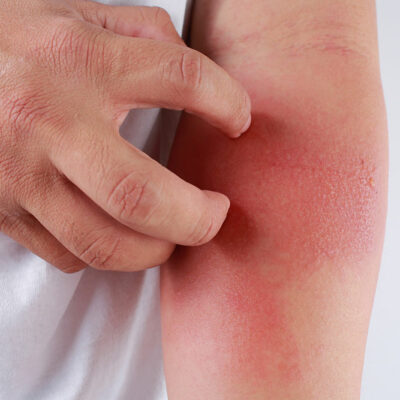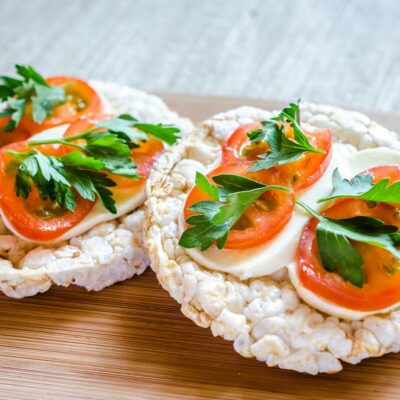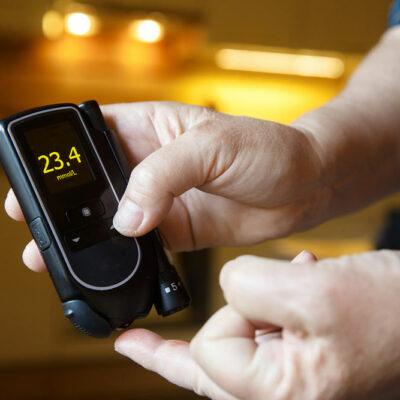
Food
Foods that can worsen bipolar depression
Bipolar depression refers to the “lows” or depressive stages of one’s mental health that occurs with a condition known as bipolar disorder. It is necessary to follow proper food habits to manage this phase of depression. The food habits not only refers to what foods need to consume but also what should not be eaten. Caffeinated beverages like coffee, soda, and energy drinks; fatty and fried foods like fries and onion rings. As well as processed foods like chips, cookies, granola bars, fruit snacks, and frozen dinners; sugary desserts and candy bars; salt, which is found in bacon and ham, cheese, pickles, and soy sauce; red meat, including lamb, pork, beef, and goat; saturated fat found in cream, cheese, butter; products containing white flour such as pasta, bagels, and bread; alcoholic beverages including beer, wine, and spirits; and other whole-milk dairy products are few of the food items that need to be cut down to manage such phase of depression. Here is a list of foods and the reasons why it should be avoided: 1. Caffeine can trigger mood swings A person with bipolar depression may always feel the need to have extra caffeine since it seems to boost energy initially; however, this ultimately disrupts their sleep pattern.
Read More 